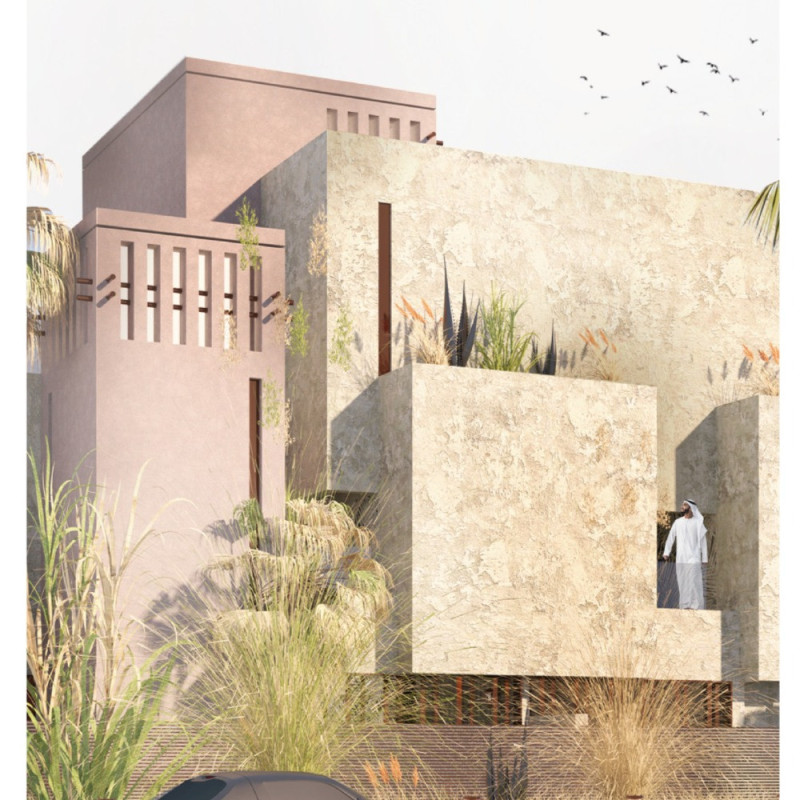5 key facts about this project
From an architectural standpoint, the project has been conceived as a multifaceted space that promotes engagement and interaction. It functions primarily as [insert specific function, such as a community center, educational facility, or residential complex], designed to cater to a diverse group of users while emphasizing inclusivity and accessibility. This focus on functionality is evident in the layout, where spaces are organized to facilitate movement and encourage social interaction. The interior design features open-plan areas that can be adapted for various activities, seamlessly blending communal and private spaces to accommodate different needs.
An essential part of this architectural endeavor lies in the careful selection of materials, which play a crucial role in defining the project's character. The use of concrete provides both durability and a sense of permanence, while large expanses of glass allow natural light to flood the interiors, creating a warm and inviting atmosphere. Wood elements add a touch of warmth and texture, fostering a sense of connection to nature, while steel elements contribute structural integrity and a modern edge. Each material has been thoughtfully chosen not only for its aesthetic qualities but also for its sustainable properties, reflecting an overarching commitment to environmentally conscious design.
Unique design approaches are evident throughout the project. One notable aspect is the incorporation of biophilic design principles, which emphasize a connection to nature through green roofs, integrated landscaping, and the use of natural light. By blurring the lines between indoor and outdoor spaces, the architecture creates a harmonious living environment that promotes well-being and encourages occupants to engage with the surrounding landscape. This interconnectedness not only enhances the user experience but also supports the local ecosystem.
The project’s structural composition showcases innovative techniques that prioritize both aesthetics and functionality. Features such as cantilevered structures and open floor plans maximize usable space while creating visual interest. Thoughtful considerations have been made for circulation patterns, ensuring that movement through the building is intuitive and fluid. The layout encourages exploration and interaction, fostering a sense of community among users.
In terms of design outcomes, the project stands as an embodiment of a modern architectural philosophy that balances form and function. Spaces are designed with flexibility in mind, enabling them to adapt to changing needs without compromising their integrity. This adaptability is particularly significant in a rapidly evolving environment where community needs are continually shifting.
To fully appreciate the depth and complexity of this architectural project, one is encouraged to delve deeper into its presentation. By exploring architectural plans, sections, and various design elements, readers can gain valuable insights into the intricate details that define the project. The architectural ideas presented not only inform the visual narrative but also reflect a commitment to creating spaces that resonate with the users' needs and aspirations. Engaging with the project's presentation will provide a broader understanding of how these thoughtful design principles are articulated throughout the architectural work, showcasing the project as a noteworthy contribution to contemporary architecture.


























